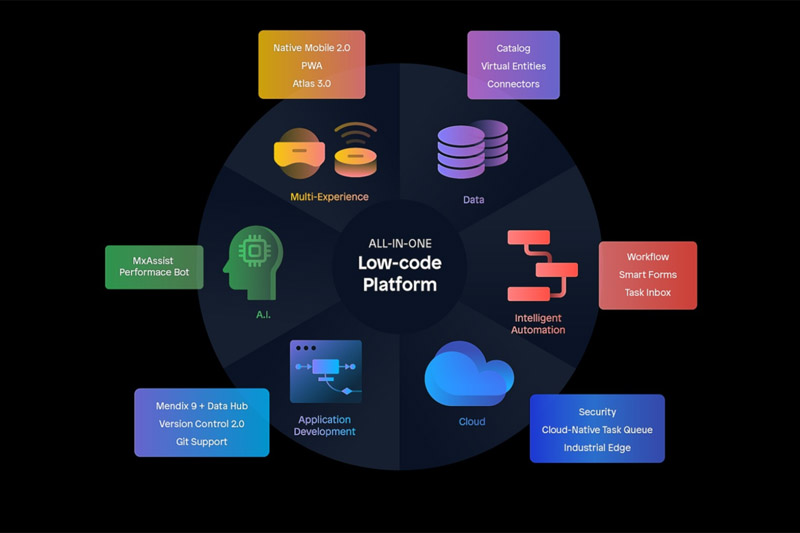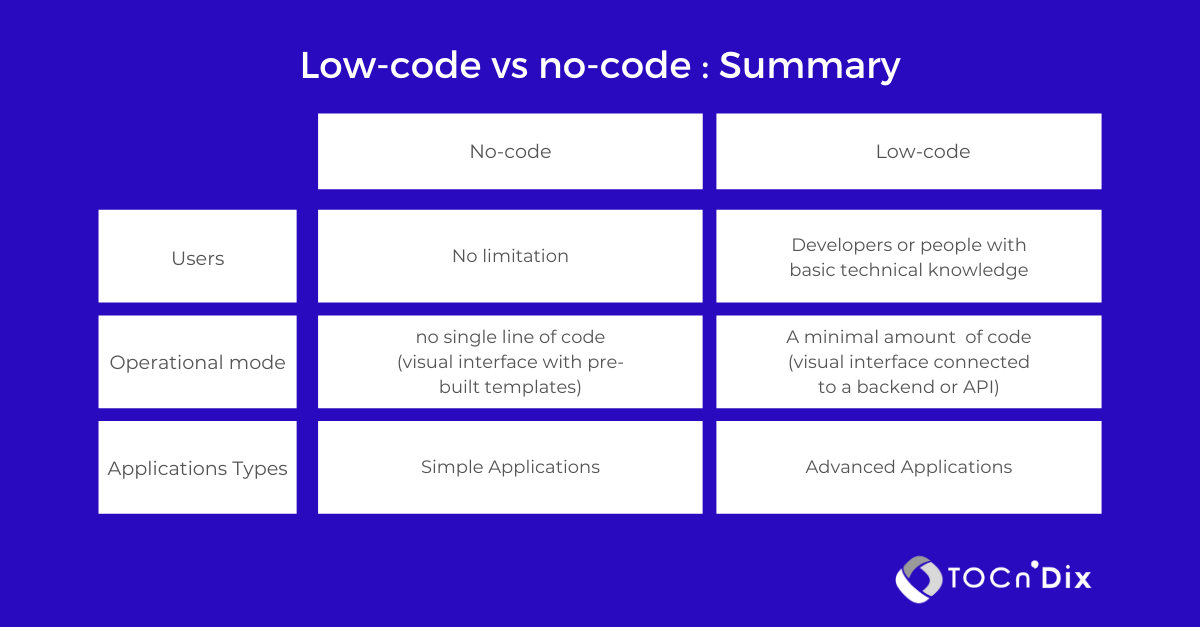Vous voulez vous familiariser avec la méthode Agile ? Découvrez les notions essentielles du lexique de la méthode Agile.
Top 7 favorite videos from Mendix World 2.0
MENDIX LOW CODE PLATFORM
Top 7 videos you shoudn’t miss from Mendix World 2.0

Agile Digital Makers
Oren Mizrahi, Product Owner @TOCnDix – November, 19th 2020
This year I’ve attended (virtually) the world’s largest and most important Low-Code event: Mendix World 2.0, wearing my two hats: IT Governance consultant and Product Owner at TOCnDix.
The online conference was informative and inspiring to me in so many ways. Let me share with you here, my seven insightful takeaways from the last Mendix mega online event.
Our take on Mendix Word 2020 – version 2.0
The conference was remotely attended by nearly 4000 participants, including software engineers, business and innovation leaders, CIO’s, IT managers, Digital Transformation consultants and more. So whether you’re curious about the buzz around Low-Code and Multi-Experience Development Platforms (MXDP) – as presented by Gartner here, or you’ve come to consider simple questions such as:
- Am I missing something by not using low code? Are my competitors gaining a competitive advantage by adopting low code in their IT strategy?
- Is low code the appropriate tool to accelerate innovation and digital transformation, and to optimize data integration and user experience? How can I use it to scale my business?
- How much faster, low code application development really is?
- What are the best practices to ensure you maximize your ROI from low code investment?
- Do I really need to provide my Citizen Developers a professional training?
I’m inviting you to invest a couple of hours to watch this playlist, focused on low code best practices, governance and return on investment from low code adoption in large enterprises. Feel free to reach out if you have any question or if you’re seeking advice about Rapid Application Development!

All in One Low-Code Plaform
Source: Mendix World 2020
1. Let’s start with a simple and clear Low-Code overview
Through some use-cases brought by Nick Ford, VP of Product and Solutions Marketing at Mendix, explore the multiple implications, low-code could have on your enterprise: from user experience improvement to data integration strategy.
2. “Digitalization and Governance Models for Citizen Developers”
I’ve really enjoyed this amazing talk by John Bratincevic, Senior Analyst, Application Development & Delivery at Forrester. He puts into perspective Citizen Developer’s stake in the company’s workforce. You’ll learn about the challenges and impact of encouraging a collaborative development process on your organizational culture. If you are in a hurry watch at least the first ten minutes and find out why Citizen Developers are key to support continuous learning and to adapt to a fast changing world.
3. How to Run Your Own Low-Code Maturity Assessment
Next, I recommend this self-audit to assess your maturity level and to what extend your organization is ready to take a leap with low-code. You’ll also learn to choose the right project to get started.
Mike Tarentino, Director of Strategic Consulting at Mendix, will take you through the steps of conducting a low-code maturity evaluation from the agile methodoligy adoption to the best ways to measure success. He’ll go over how to: evaluate your current organization against the 4 P’s – people, process, portfolio, and platform – to identify gaps in your app development process and appropriately benchmark your work as an organization with less than ten applications live address the areas where you need improvement to start accelerating your digitalization
4. App factory framework
By now, you should be aware of the need to pair low code technology adoption with a strong and clear Governance strategy, in order to make the most out of the platform. How to align your technology architectures with your organizational guidelines, what’s the best onboarding process for new team members and how to stay consistent are part of the critical questions that need to be addressed to ensure a maximized ROI as you scale up to an App Factory. Mendix introduces a very interesting App factory framework to support effective scaling-up.
5. Cloud Strategy
Obviously you also need to figure out your best options in term of storage in order to be able to align your Cloud Strategy with your Organizational Objectives and IT Capabilities. This summary is definitely a perfect introduction to the various Mendix’s options.
6. Understanding and Communicating the Value of Your Low-Code Portfolio
Mendix marketing experts and storytellers highlight the importance of not overlooking the internal communication strategy of your company. Decision makers will need strong arguments, reliable ROI predictions and accurate ways to track the progress of your applications and measure the impact of the low-code apodtion. Similarly, to increase teams’ involvement and to keep the stakeholders enthousiactics, it is crucial to launch low-code awareness internal campaigns to promote the values and objectives of this technology and of course to celebrate achievements with teams and end-users.
Source: Mendix World 2020
7. Federated Mendix Center of Excellence
Last but not the least, I want to share a Mendix client’s experience – Trane Technologies to understand how they could have saved valuable time and avoided mistakes. Choosing the right and experienced technical partner was key to the success of their development project. The lesson we should learn form their experience is that in order to build a Federated Mendix Center of Excellence in a company, it is critical to choose a digital transformation partner who’s able to assist the organization’s continuous learning and to provide support for Low-Code adoption.
This ally have the ability to determine the best ressources allocation for your development projects. Based on their know-how, they will offer the most efficient services: either expert development services or support services to Citizen developers. This way, the organization is able to keep the strategic knowledge inside the company, while staying agile and delivering the right digital products to enable business growth.
Want to receive new articles before we hit publish?
Register to our newsletter!
Lexique de la méthode Agile
Low-Code, catalyst of digital transformation in the insurance sector
Don’t miss this webinar where Euler Hermes shares its successful experience collaborating with TOCnDix to accelerate the digital transformation of the company by taking advantage of the leading low coding platform, Mendix.
Top 7 favorite videos from Mendix World 2.0
7 videos you shouldn’t miss from the world’s largest and most Important Low-Code conference: Mendix World 2.0, the virtual event that brought together more than 3000 IT experts





























Recent Comments